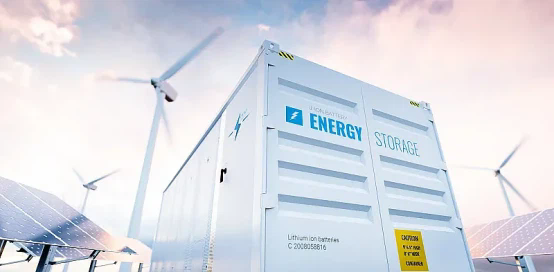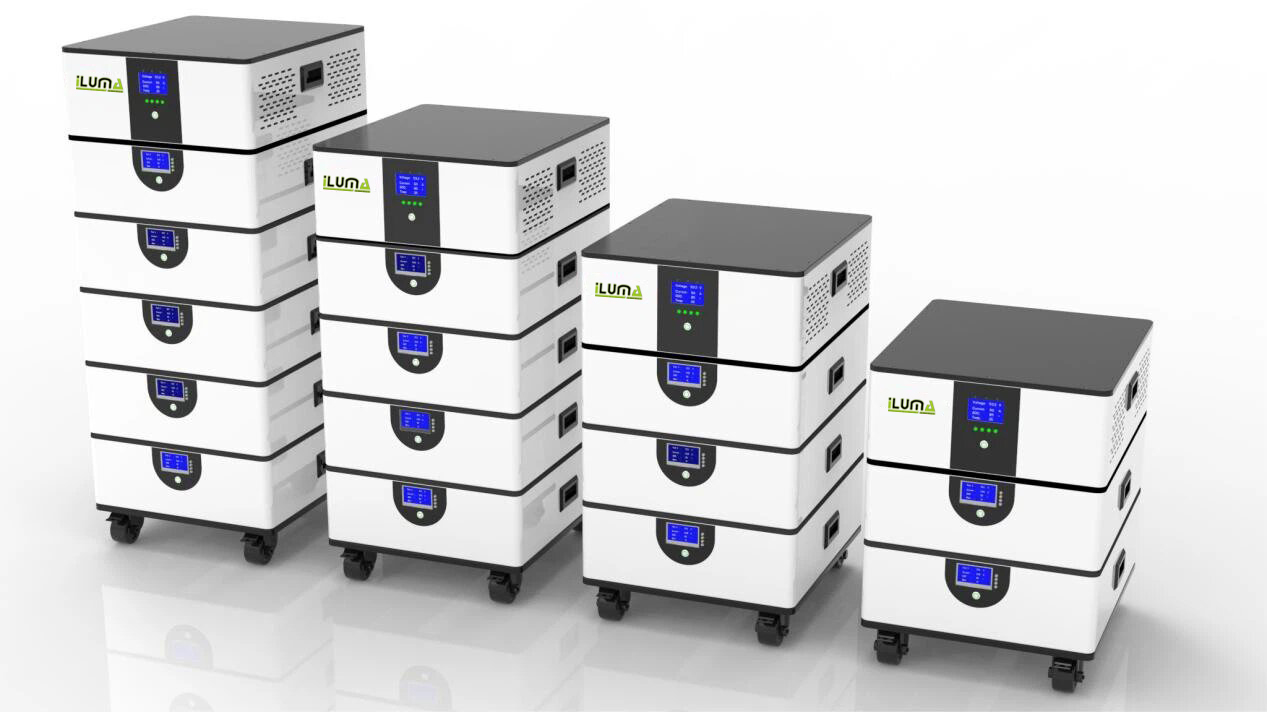In 2022, the energy storage market in Europe has developed rapidly. And the energy storage market in Germany, Britain, and other major countries has grown fast under the development of "energy storage" integration, with preferential policies, the heat of the energy storage market has continued until 2023. With the policy incentive mechanism, the electricity price is high, and the market growth of German household storage, industrial and commercial energy storage, and large-scale storage is considerable in the future.
Germany has issued a relevant policy that from 2023, income tax and VAT will be exempt for qualified roof photovoltaic systems. And VAT will be exempt for the import, purchase, and small-roof installation of photovoltaic and energy storage systems. In addition, the level of household electricity prices in Germany is higher, the trading system of the electricity market is perfect, and the household savings and large reserves are considerable. Due to epidemic factors and fluctuations in raw material prices, energy storage projects have been generally postponed and are expected to be launched centrally in 2023, leading to a new round of installed capacity growth.
The German market has been the key competitive goal of Chinese energy storage enterprises, facing different energy storage applications, enterprises have launched system-level solutions and products. The energy storage market has ushered in a turning point in global growth, with global battery companies laying out the energy storage track. For lithium iron phosphate, Chinese enterprises have all-around leading advantages such as technology, production capacity, and supply chain coordination, and the research and application of LFP materials is earlier than that of Japanese and Korean enterprises. Chinese battery enterprises have become the core suppliers of the global energy storage market, and many growth enterprises have also stood out in this opportunity.

In 2022, the new installed energy capacity in the United States reached 4.80GW/12.18GWh, mainly from the large-scale energy storage market, as high as 4GW, accounting for more than 80%. The resumption of photovoltaic installation in the United States in 2023 will help drive the optical storage project. The US ITC credit has increased to grant a tax rebate of up to 30 percent on investment in energy storage systems with more than five kilowatt-hours of electricity, and the period has extended to 2026. The industry believes the US large-scale energy storage market will usher in a new round of explosion in 2023.
New opportunities also put
forward new requirements: independent application scenarios, independent
industry standards, and independent market rules. Energy storage cells have
formed differentiated demand characteristics for cycle times, size, and manufacturing
process. The lithium power industry has experienced nearly 10 years of rapid
development and is now more mature. Due to the double carbon, the lithium
industry is changing from high-speed development to high-quality, and green and
low-carbon have become an important driving force for high-quality development.

The major industrial countries have a clear attitude towards carbon neutralization, and the European Union has also issued relevant policies, such as the EU battery law and the EU carbon border regulation mechanism. Responding to green and low-carbon development will also impact the division of labor in the global new energy industry chain. The realization of emission reduction and zero carbon in the production process of lithium batteries mainly consider energy saving and the application of green energy. Aiming at the coating, drying, formation, and separation of lithium electricity in the production process, these three pieces of equipment have the highest energy consumption, in which the coating link consumes 24 kWh electricity equivalent per kilowatt hour. After improving the equipment process, carbon emissions can significantly reduce. Zero carbon refers to the lithium electricity production process but also covers the whole life cycle of lithium battery production, application, and recycling. Zero carbon involves the entire lithium industry chain, from materials to recycling, technology also extends from carbon reduction to decarbonization of all-round improvement and reform. Lithium battery large-scale production continues to promote cost reduction and efficiency while paying attention to the nature of new energy. Zero carbon will become the research and development goal for the lithium battery equipment process.
